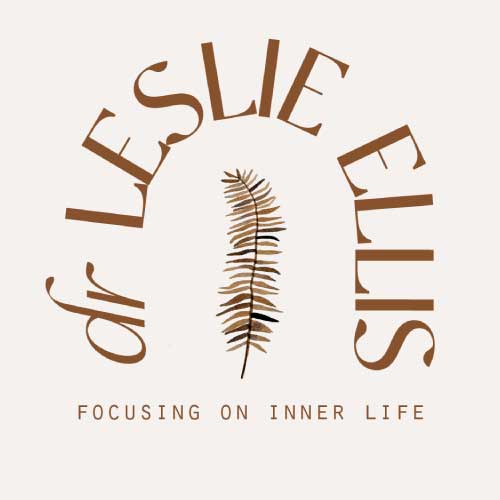By Dr. Leslie Ellis
Emotion is key to understanding and working with dreams. Many theories of dreaming suggest that emotion is what generates dreams, and that one of the reasons for dreaming is to process feelings. Dream researcher Ernest Hartmann famously called dreams ‘picture-metaphors’ for the dreamer’s most prominent emotion. For example, he found that in the aftermath of trauma, people would often dream not of the trauma itself but of an image that depicted the magnitude of their feelings, a tidal wave for example.
One theory of the purpose of dream emotion is to tag specific events that are important to us so they can be woven into the web of associated memories, and therefore, available when we need to retrieve them. Memory reconsolidation is a helpful notion here. It is a big phrase for the way our memories are updated. Emotion is what tags the memory as important, and until we undergo some kind of process to integrate these emotional memories, they will stay alive and infiltrate our dreams.
As a psychotherapist, I have found that dreams also bring up unmetabolized feelings because they need to be experienced and processed before the body can let them go fully. We can do some this processing in our dreams, but if the same images or themes recur, then we may need to do some deliberate daytime processing as well. This is especially true of trauma and protracted grief – these feelings are big and take time to integrate, and they can be so overwhelming the related dreams become nightmares that wake the dreamer up. This is a hallmark symptom of posttraumatic stress injury.
In my experience, the core of every dream is emotion — sometimes big emotion, sometimes underground feelings. They are in our dreams because they want to be integrated and transformed. Focusing creator Eugene Gendlin said that nothing can change until it is fully felt. This is why experiential dreamwork is so important, and why all modern dreamwork methods contain experiential elements. So when you are working with dreams, follow the feelings, and invite the dreamer to immerse in them, fully if possible, partially if necessary.
How do you find the emotional core of dream? Sometimes the dream is simply steeped in the feeling, and all you need to do is re-enter, revisit and engage with the dream images. Sometimes the feeling is hidden in a dream element or character. For example, in a dream I worked on where the landscape was dark and littered with corpses, the dreamer felt calm. In the dream, a nurse was able to bring one of the bodies back to life, and when I asked the dreamer to become the nurse, she started sobbing – the sadness in the dream was located in another dream character.
As you invite experiential exploration, visit all the corners of the dream, and hidden and contrary places. Watch for signs of striking an emotional chord, and when you do, slow down and invite the dreamer to drop in deeper. Ask into that felt sense: what did that just open up in you?
A good question from trauma work and focusing, to keep the emotion processing manageable: is this feeling mine alone or is it bigger than me? Some dreams can be about collective and/or intergenerational trauma. If so, it makes sense to enlist help from collective or ancestral sources – don’t go it alone.
Here is a trick I recently learned from expert dream tender Stephen Aisenstat: You can set up a dialogue where your helpful dream elements are the ones that turn and face the overwhelming emotions. This gives you, or the dreamer, a little bit of space to see what might otherwise be overwhelming from the vantage point of the observing self. This is a good way to help manage dream emotions that are too large or overwhelming to face alone. For example, a friend had a dream that included an image of Putin as a cold-eyed killer, and she needed to enlist the support of the archetypal mother to manage the terrifying image her dream had conjured up. She could imagine a face-off between the Great Mother and Putin so that much of the battle could take place outside of her, while she observed. This rendered the pain of the image much more manageable.
Dream emotions are not always so challenging, but they can be quite particular. It is as though our dreammaker wants to engender very particular feelings in us, and creates a scene filled with details that do just that, and just for us. This is what makes most dreams so very personal. Only the dreamer will react in a particular way to the strange collage of elements from past and present in their dream. Sinking into the emotions the dream evokes will carry the feeling forward to a new place, which is what the dream wants.

